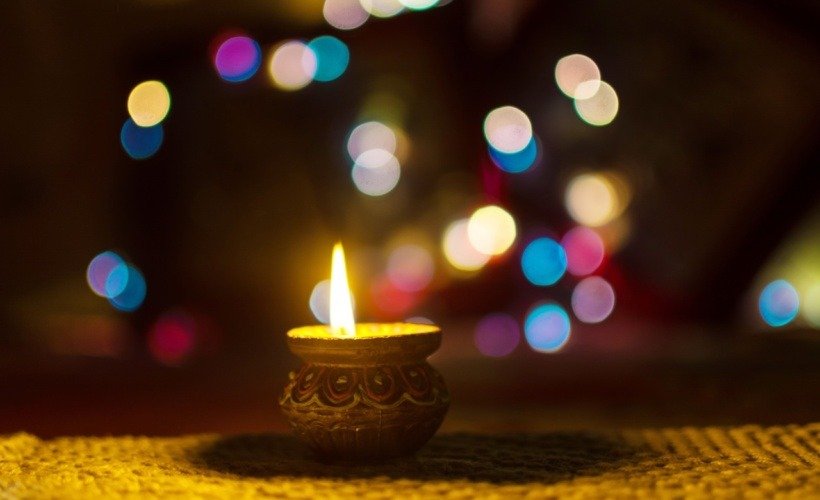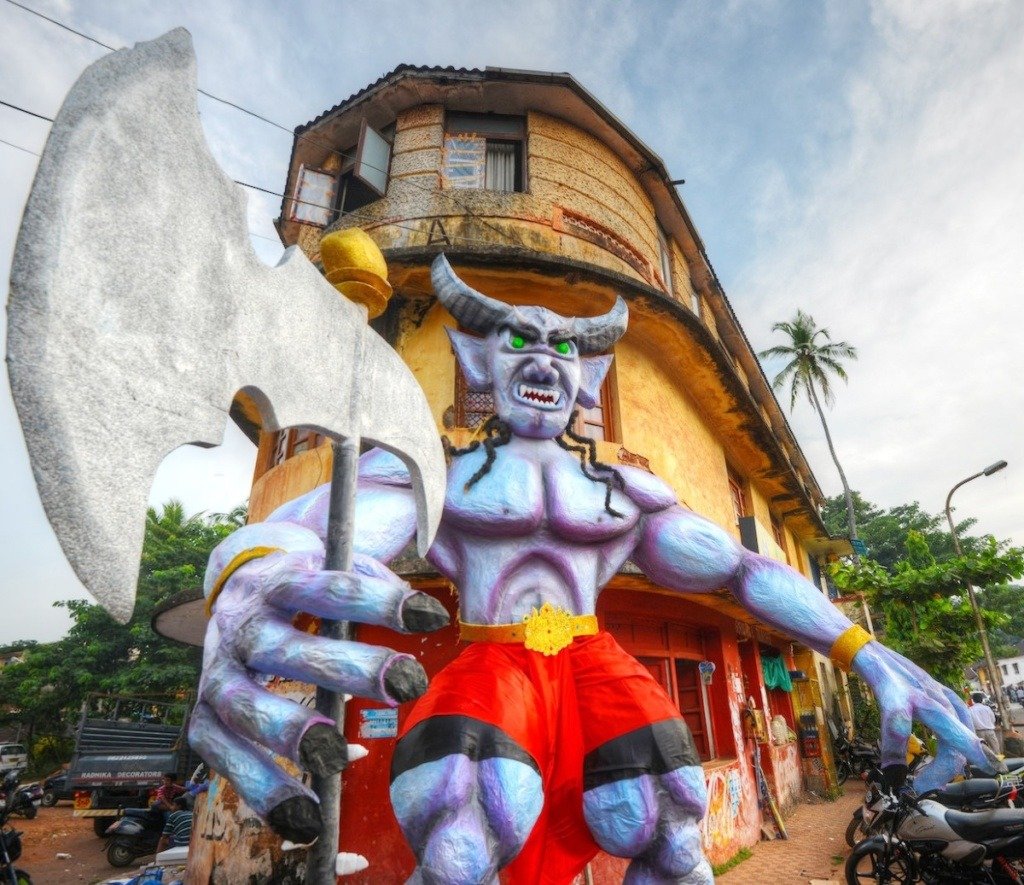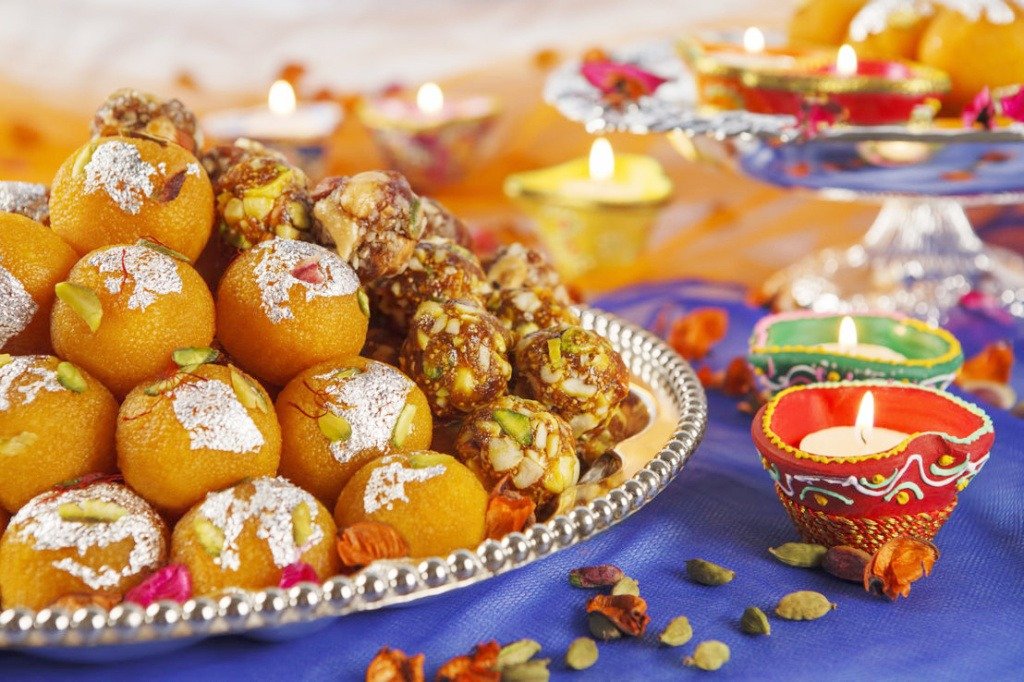
An exploration of the festival of lights
By Samay Shetti
Deepavali, the festival of Lights, is an ancient and one of the most important festivals in India, celebrated with great fanfare throughout the country and even beyond its borders all over the world by Indian diaspora. Other than the home country, Deepavali is a marked holiday in nations of Fiji, Guyana, Malaysia, Myanmar, Nepal, Singapore, Sri Lanka,Trinidad and Tobago, Suriname and Mauritius too.
Also known as Diwali or Dipawali this festival is marked by opulence in every manner, be it in terms of food, clothes or ornaments. The festivities see almost every household decorated with flowers and lamps as elaborate and intricate Rangolis adorn their entrances to welcome Mahalakshmi, the Goddess of Fortune into their homes. The celebration is spread over five days, starting from Dhanteras through to its culmination with the celebration of Bhau Beej, which are on the second last day and the second day of the Indian lunisolar months of Ashwin and Kartik respectively, which roughly coincides with the second and first fortnights of October and November respectively of their Gregorian counterpart. Each day has its own special significance and legends attached to them, each day has its own lessons to teach and remind. Let us explore the significance of these five days here.
Day One: Dhanteras
Known also as Dhana Trayodashi or Dhanavantri Trayodashi as it is supposed to be the day on which Lakshmi, the Goddess of fortune and wealth and Dhanavantri, the physician of the Gods emerged from the Manthan of Ksheersagar, churning of the ocean of milk. Commemorating this event, Lakshmi Pooja is performed in every household and workplace in veneration of the Goddess and welcome new fortune, in the rural regions, there is also a tradition of venerating cattle as they are considered to be the real wealth. It occurs on Ashwin Krishna Trayodashi, the thirteenth day of the waning moon of Ashwin month.
The charm of the festival takes hold right from the start as people start cleaning and dusting everything for the day, which is followed by decorating the place with lights and flowers marked with the iconic Akashdivo also known as Aakashdeepa or Kandeel hung at the entrance of a residence. In veneration of Lakshmi, Dive, earthen lamps are kept alight throughout the night. This day is also considered to be the most auspicious time for purchasing Gold; owing to this, the markets, as well as online stores, are seen to be flooded with offers to allure customers. Honouring Dhanvantri, who is said to be the proponent of medical sciences, this day is celebrated also as National Ayurveda Day. Dhanteras marks the beginning of the five days of Deepawali festivities.
Day Two: Narak Chaturdashi
The following day, which is the 14th day of waning moon is celebrated as Narak Chaturdashi. Popular in Goa, especially as on this day, the popular ‘Narkasur’ is set ablaze in almost every locality by crowds consisting of kids and grownups alike participating in ‘Narakasur Vadha’, slaying of the demon Naraka. This ritual is carried out in commemoration of Shree Krishna and his wife Satyabhama slaying the demon Naraka who was near invincible being a progeny of Varaha (incarnation of Vishnu) and Bhudevi (Mother Earth) for all the atrocities he perpetuated out of his power fuelled arrogance. The Narkasur effigy is usually set ablaze on the last prahara, a three-hour segment a day, which coincides roughly with 2-4 am in the morning.
The Abhyanga Snana, a ritualistic bath is also taken on this day and is continued through to Bhai Dooj, which is the last day Deepawali celebrations. For Abhyanga Snana, one wakes up early in the morning before Bramha Mahurth, which is precisely 1 hour 36 minutes before sunrise and massages the body with copious amounts of oil, till the point that it is completely absorbed by the skin and takes a hot water with application Ubtan, which is made with a base of flour and ground lentils (for exfoliation), powdered herbs (for their skin-healing strengths) and milk & rose water (for cleansing).

Day Three: Deepawali
The Central festival of Deepawali, which literally translates to a row of diyas, is celebrated on the Ashwin Amaavasya, that is the new moon day of Ashwin month, is said to be the darkest night of the year. This is the day on which Lord Ram, Sita and Lakshman returned to Ayodhya after completing their exile. In their welcome, the Ayodhyavasis decorated the entire capital with lamps, illuminating the entire city in a golden hue.
The Deepawali day begins with Abhyang Snana early in the morning, after which new clothes are worn signifying a new beginning. After that is a ritual where katta, a bitter fruit of a rapidly growing weed is trampled under one’s heel, symbolic of slaying Narakasura, followed by a feast of a variety of the preparations of Fov, beaten rice. Then as the night falls and the dark night comes alive with multitudes of twinkling deepas. A Maha Aarati of Lakshmi along with Kubera is performed and homes and shops signifying the starting of a new year. After this starts a magnificent celebration marked with jubilation and fanfare as spectacular fireworks decorate the skies.
It is the celebration of the victory of light over darkness, of good over evil, and serves as an inspiration to every human being that whatever the odds may be, goodness always has the capacity to trump evil, both within and around us. This is signified both by the return of Ramchandra to Ayodhya; and Krishna vanquishing the demon Naraka.
Day Four: Govardhana Pooja/Annakuta
Celebrated on the 4th day of Deepawali festivities, this occurs on the first day of Karthik month, that is Kartik Shukla Pratipada. This day is celebrated in commemoration of Govardhan Leela of Krishna, the fourth day of Deepawali is said to be the day on which Krishna had the worship of Indra abolished, which was carried out by the ‘Brajvaasis’ out of fear of the King of Demigods and told them to worship the Govardhan mountain present in the center of Brajbhoomi instead, as mountain provides for all the needs of the people from fodder to food and medicines to firewood selflessly and unconditionally.
The celebration also acts as a reminder to one about the importance, value and the revenant position of nature, on which one depends on for sustenance.
Also known as Annakoota or Annakuta, it literally translates to a mountain of food. On this day, food is prepared in copious amounts and arranged in the shape of a mountain representing Govardhan complete with decorations of little figures of cows and vegetables arranged as trees. The food is then offered as Naivedyam, an offering of food to the Lord and is then consumed as Prasaadam.
In this part of the country, the day is also known as ‘Bali Paadya’ or ‘Bali Pratipada’. As it is said to be the day that Vishnu in His incarnation as Vaamana, gave Samrat Bali the Dominion of Sutala to rule till the present Indra finishes his tenure as king, as though Bali was qualified to take the place, there cannot be two Indras at the same time in the same Bramhanda. On this day, it is believed that Bali Maharaj visits his erstwhile kingdom of Bhuloka in a subtle form, and in his honour, a variety of delicacies are prepared as an offering to him.

Day Five: Bhau Beej
On the final day Deepawali, that is the second day of Karthik month Bhaubij is celebrated. Also known as Bhaidooj or Bhaiyadooj in different regions, this occasion celebrates the bond between a brother and a sister in the same spirit of ‘Raksha Bandhan’. On this day, the sisters invite their brothers for a sumptuous meal with preparation of his favourite delicacies. Brothers are welcomed with a tilak and an aarti and presented with gifts signifying her love towards him. The girls and ladies who do not have a brother, perform this ritual with ‘Soma’ the Moon God, hence his universal relation with every kid as Chanda Mama.
This is celebrated in commemoration of Subhadra inviting Krishna to her home after His battle with Narakasura, while in the southern part of India, the day is also known as Yama Dwitiya, it is said that on this day, Yama, the Lord of Death and supreme Judge visits His sister Yami, also known as the Yamuna on the Bhuloka.
Thus culminates Diwali after serving as a reminder to everyone through different rituals and traditions about their inherent bond with nature, with each other, with the Divine and also, with themselves





